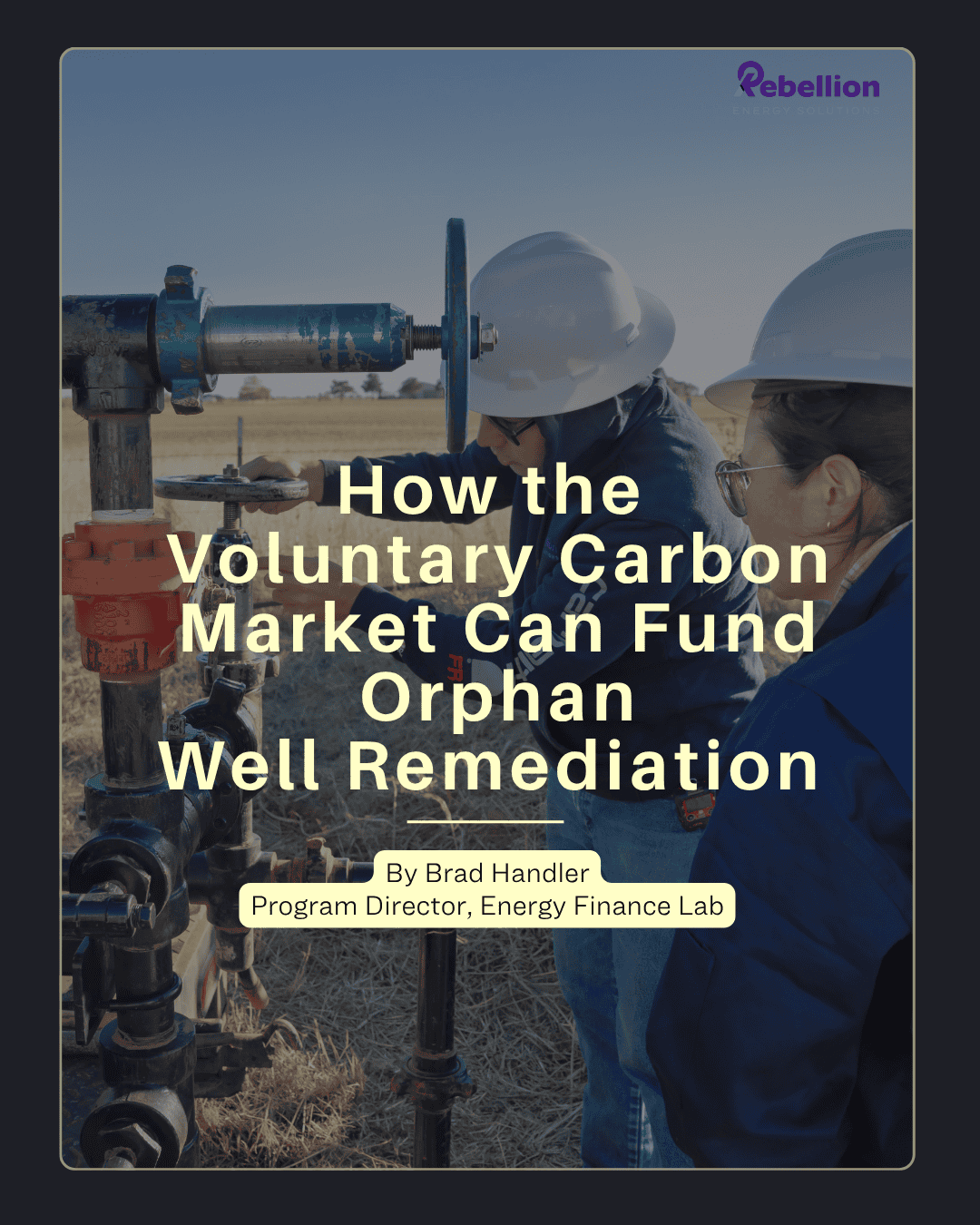The Growing Crisis of Orphan Oil and Gas Wells in the United States
by Eric Perner
Understanding the Difference: Abandoned vs. Orphaned Wells
Across the vast landscapes of the United States, countless wells that once fueled our energy needs now lie abandoned and neglected. Many of these wells have become what we call “orphan wells”, presenting a mounting environmental and financial challenge for state budgets. However, orphan wells did not start that way and follow a logical progression from abandoned to orphan.

When we talk about abandoned wells, we refer to those that have ceased production and are no longer maintained by any operator. These wells are left unattended, vulnerable to decay, and pose significant environmental and safety risks. They may reach this status due to various reasons such as operator bankruptcy or the unfortunate death of that operator.
Orphan wells, on the other hand, are abandoned wells that regulatory bodies have confirmed as having no responsible or solvent operator. Essentially, these are wells for which no one can be held accountable for their maintenance or closure so the state must assume that burden. However, it is important to note this documented lack of ownership, once reaching “orphan” status, does lead to a legal avenue for responsible operators to assume ownership and responsibly plug the wells or bring them back to production.
The scale of this issue is staggering, with implications that extend far beyond mere neglect. Nationally, an estimated 2.56 million oil and gas wells have been drilled and 1.93 million wells had been abandoned by 1975 (EPA GHGI Stakeholder Workshop, 2017). Using interpolated data, the EPA estimates that as of 2016 there were 3.12 million abandoned wells in the U.S. and 69% of them were left unplugged (EPA GHGI Stakeholder Workshop, 2017). This means that over 2 million wells are left unplugged as of 2016. These wells are certain to grow the documented list of orphan wells and represent ticking time bombs of environmental hazards, waiting to unleash pollutants, especially methane—a potent greenhouse gas.
A Glimmer of Hope: Voluntary Carbon Markets
Voluntary Carbon Markets offer a beacon of hope amidst this challenging scenario. They incentivize the proper plugging and remediation of thousands of leaking orphan wells and support solutions capable of tackling the enormous scale of the issue. By using advanced methane measurement tools to quantify the leakage from an orphan well, properly plugging it, and verifying that no more emissions occur, the amount offset can be sold as carbon credits in the voluntary carbon markets. This process, in turn, incentivizes further plugging and cleanup.
Rebellion Energy Solutions is at the forefront of this initiative. Through meticulous measurement of thousands of wells to date, we have uncovered substantial greenhouse gas emissions, notably methane, leaking from these neglected sites. Rebellion’s mission aligns with the urgent need to merge energy, environment, and market dynamics together while focusing on responsibly completing the lifecycle of oil and gas wells.
The scale of the orphan oil and gas well crisis in the United States is colossal and the need to plug these wells to prevent further emissions is paramount, however; with the initiatives like voluntary carbon markets incentivizing this cleanup, there’s hope for a proactive approach. Addressing these orphaned wells isn’t just an environmental necessity; it’s an ethical responsibility towards a cleaner and safer future. Taking action now can prevent a catastrophe that looms larger with each passing day.



